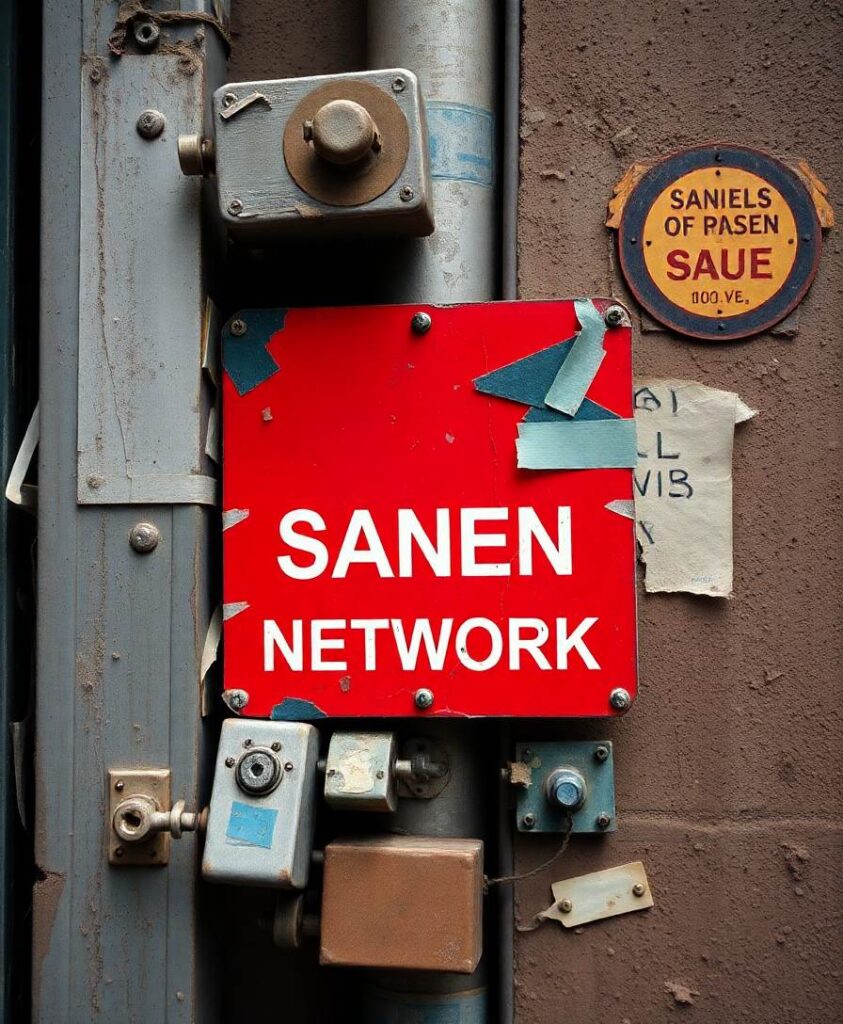An understanding of deep neural network decisions is based on the interpretability of model, which provides explanations that are understandable to human beings and helps avoid biases in model predictions. This study investigates and interprets the model output based on images from the training dataset, i.e., to debug the results of a network model in relation to the training dataset. Our objective was to understand the behavior (specifically, class prediction) of deep learning models through the analysis of perturbations of the loss functions. We calculated influence scores for the VGG16 network at different hidden layers across three types of disturbances in the original images of the ImageNet dataset: texture, style, and background elimination. The global and layer-wise influence scores allowed the identification of the most influential training images for the given testing set. We illustrated our findings using influence scores by highlighting the types of disturbances that bias predictions of the network. According to our results, layer-wise influence analysis pairs well with local interpretability methods such as Shapley values to demonstrate significant differences between disturbed image subgroups. Particularly in an image classification task, our layer-wise interpretability approach plays a pivotal role to identify the classification bias in pre-trained convolutional neural networks, thus, providing useful insights to retrain specific hidden layers.


